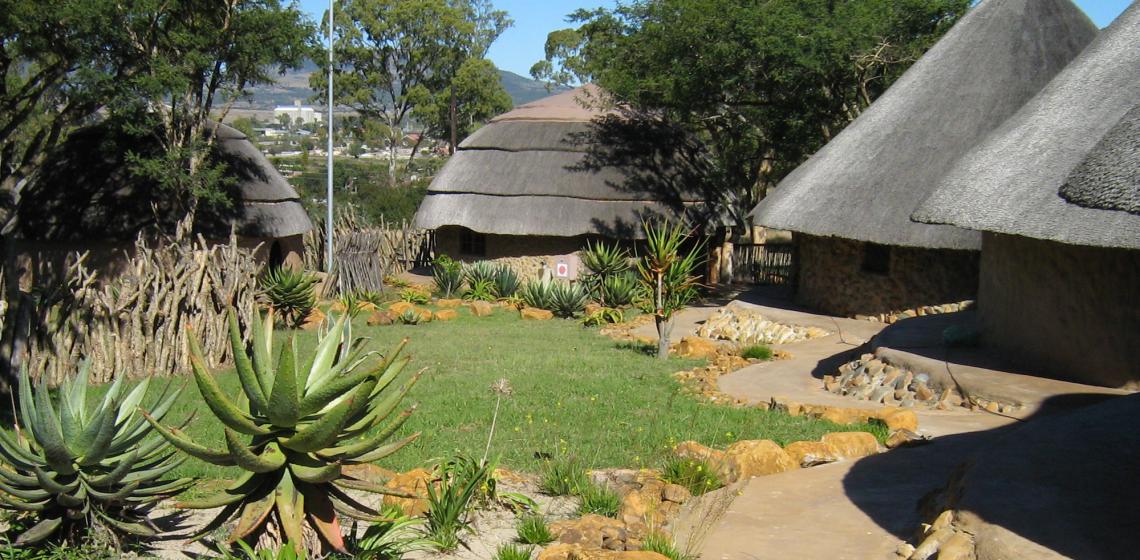Talana Museum, Battlefield and Heritage Park (ZA)

Named after the hill at the base of which the museum is situated, "Talana" meaning "the shelf where precious items are stored" is a most appropriate name for this large and varied museum. Started in 1979 to commemorate the Anglo Zulu war, the small collection moved to the present site at the beginning of 1983.
A 20-acre section of "Dundee" farm, bought in 1982, for the development of a museum to commemorate the centenary of Dundee, included the home and farmstead of one of the founders of the town, the site of the first coal mining activity in this area and portion of the Talana battlefield. Since then the museum has expanded to include more of the original battlefield and Smith farm and now has 42 buildings. Twentyseven of these have museum exhibits, which cover the history of the area - military, coal mining, farming, original settlers, the 1913 Passive Resistance movement by Mahatma Gandhi, the Great War of 1914-1918. On the site is the original smith family cemetery as well as the military cemetery of 56 British soldiers who died in the battle of Talana.
As part of the 10 year development plans for Talana Museum a cultural village among other projects was motivated in 2002. It was believed that in order to protect and preserve Zulu heritage a cultural village – not a tourist village – would be an asset to the area, as there was no such development in this part of northern KZN. This village on the slopes of Talana hill this village would have a live in Zulu family that explains customs, traditions and culture and their lifestyle to visitors. This traditional Zulu village - 15 thatched buildings- portrays a living cultural experience of Zulu culture and reflects on the changes over time.
Considerable research into the construction, management, maintenance and perceptions of Zulu cultural villages was done by the Talana Museum staff in an attempt to construct a village that would meet heritage and visitor requirements.
The name Kwakunje! was chosen by a local committee of Zulu historians and linguists. It translates as “It was like this” and so it is in the village. The museum style exhibits portray the history of the Zulu nation, the changes in culture over time and the importance of pottery, beadwork and the use of animal skins in Zulu culture.
